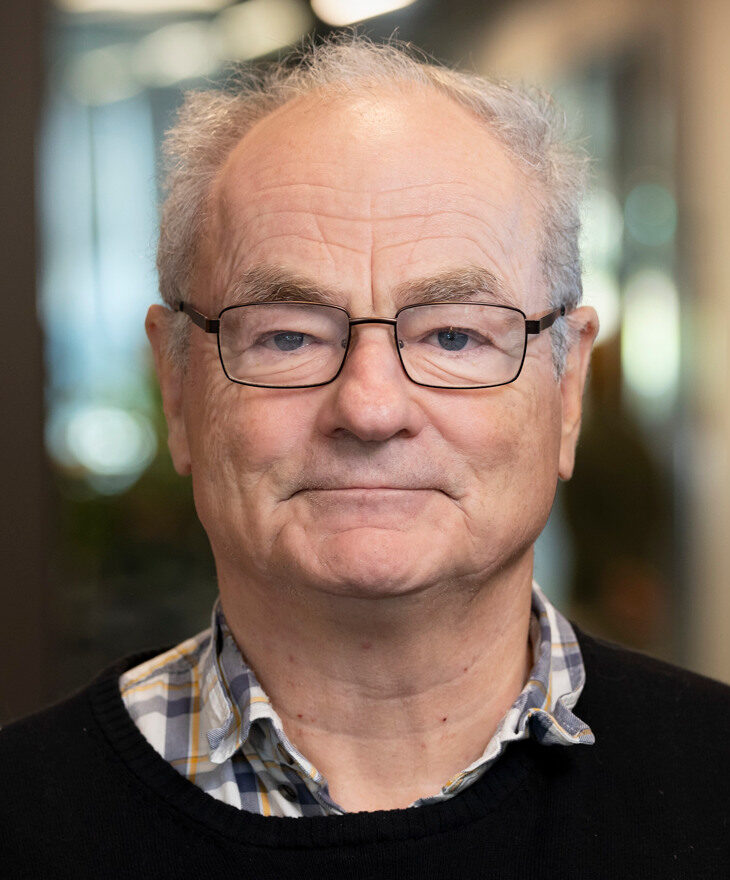
Scientific interests
Hans Ågren’s research interests revolve much around computational photophysics, where he is engaged in a broad spectrum of activities – theory, method development and applications. The latter are preferentially conducted together with experimentalists on dedicated problems. The research involves basic light – matter interaction which is the source of a variety of properties and spectra covering a broad wavelength region, from radiofrequency waves to X-rays. A particular interest is non-linear properties, thus when matter interacts with strong external electromagnetic fields giving rise to many-photon excitations. Here one finds topics of both fundamental and applicable interest and relevance for many technologies, like up-conversion lasing, 3D nano-fabrication, optical power limiting and photodynamic therapy. A special interest is here the development of fluorescent biomarkers for protofibrils and amyloids that appear in neurodegenerative diseases. A yet another speciality is light scattering and spectroscopy in the X-ray range, with connection to studies using modern synchrotron radiation sources and X-ray free electron lasers.
Hans Ågren’s research covers both organic molecules and nanoparticles. The latter are attended in two forms – upconversion nanocrystals and plasmonic metallic nanoparticles. The lanthanide containing nanocrystals are useful in the sense that they are activated by IR light which well penetrates material structures and biological tissues and can so be used for therapy and imaging of very localized compartments. The latter – plasmonic metal nanoparticles – can be used for ultra-bright imaging and for single molecular sensing, to mention two examples.
Hans Ågren also takes interest in light-matter interaction of 2D materials, like perovskites, MXenes and dichalcogenides. Here one finds a broad range of possible technological applications like solar cells, photodetectors, printed and implantable electronics, thermoelectric materials. A special interest of Hans Ågren is here defect engineering, that is trying to design 2D materials which are resistant to defect and vacancy formation, and, when vacancies are formed, to predict their outcome in terms of altered optical, magnetic and electric properties.
